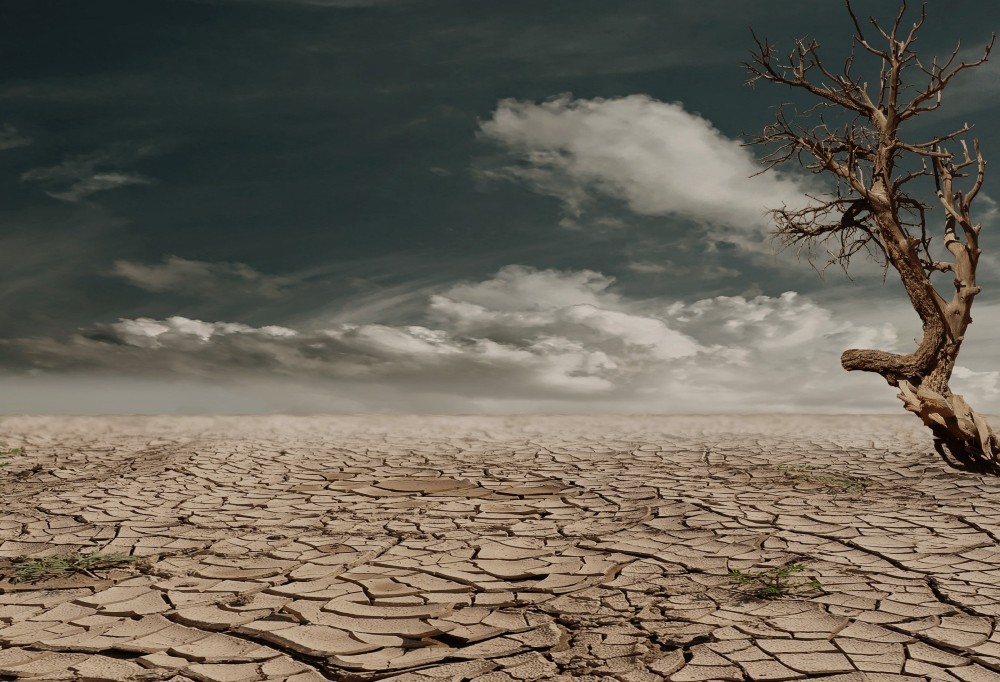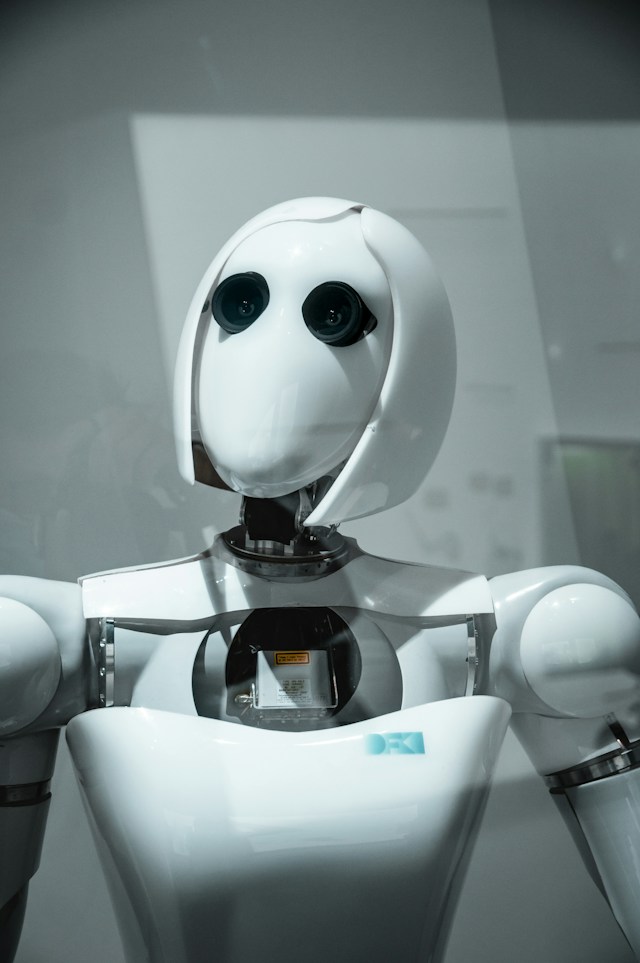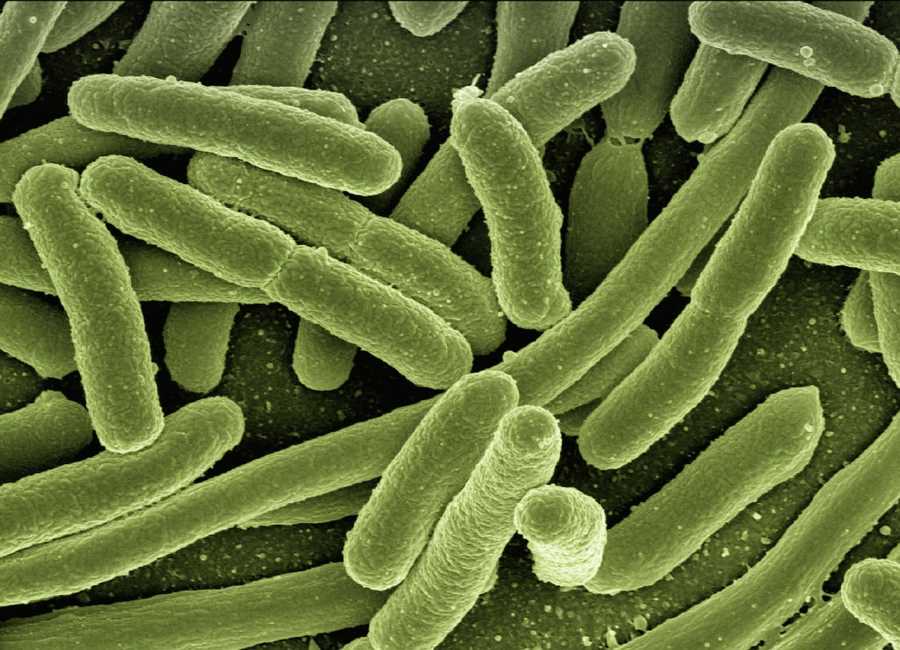Since the dawn of modernity, the last two centuries have been remarkably positive for humankind in terms of lifespan and health. Improvements to the living environment, which have eradicated normal infections as a cause of death, and improved hygiene coupled with developments in public health, nutrition and medicine, means that the average human now lives much longer than they once did in the 18th century.
Researchers have already been analysing the trends of mortality worldwide and have found that even though the average lifespan of the human race has increased over the last century, chances are that we might be reaching the ‘ceiling’ of maximum number of years lived by a human. Unsurprisingly, since 1997, no one has been reported to have lived longer than Jean Calment’s record of 122.5 years. This is an interesting observation because it is true that the number of average centenarians in the world is still on the rise, and the mortality rate among the younger population has declined sharply.
However, in recent decades there has been a worldwide decline in biodiversity in general, which is concerning. The ecosystem is bound by a fragile thread of balance, and when these strings get stretched too far at one end, it is bound to have ramifications on the other end. Thus this could have a huge impact on the mammalian and more importantly the human lifespan.

Trends in climate change and global warming indicate that were it not for immediate interventions, there is strong reason to believe that the human lifespan worldwide would have stalled, if not decreased in the decades to come. This speculation can be plausibly understood by taking into account various factors such as public health that is directly/indirectly influenced by the changing climate, environmental health, and global warming trends. Hence the following observations may seem like fundamental reasons for us to invest more time, energy and resources into longevity and life-span elongation research in the face of climate change.
The current status of global warming and the long-term health impacts
The biggest threat, as noted by various climate conventions, is the earth’s rising temperature. If drastic measures aren’t taken to address the current environmental problems that the world is facing, it is predicted that children born today will live in a world that is on average 4 degrees Celsius warmer by the time they are 71, which could have monumental effects on their health during every stage of their life. Children in particular are at a higher risk of developing health problems related to climate change. Since their bodies and immune systems are still developing, they are more susceptible to diseases and environmental pollutants. This is also related to the fact that damages done to an organism’s body during the early stages in life tend to persist for a long time, affecting their wellbeing and general health through later stages as well. This means that the current climate change situation has the potential to massively define the health of an entire generation.
The direct impact of climate change on infants and children
One of the direct impacts of climate change has already been experienced in agriculture and farming, and farming systems worldwide are already under threat. As this creates more food insecurity worldwide, the consequences will also cause food prices to increase. It is already an established fact that the last 30 years have been bleak with regards to some particular crops; the global yield of almost every other major crop has decreased – maize (-4%), winter wheat (-6%), soybean (-3%), rice (-4%). This means that infants and small children, especially in less privileged regions of the globe, are at risk of malnutrition and related health issues like stunted growth, weak immune systems and long-term developmental problems.
Another strong concern for children and infants is their susceptibility to infectious diseases that the rising temperatures (and also rainfall patterns) bring about. For example, habitats are becoming more climatically suitable for pathogens such as Vibrio bacteria, which causes cholera. Studies have shown that since the early 1980s, the likelihood of cholera outbreaks in countries where it generally doesn’t occur on a regular basis has increased by 10%. In addition to this, dengue is another disease that is becoming increasingly frequent – nine out of the 10 most hospitable years for dengue transmission have occurred since 2000, indicating a direct correlation with the global trend of yearly temperature rises. Increasing sea and ocean temperatures pose a threat to populations in coastal areas, and especially the younger population with a higher risk of contracting infectious agents.
Air quality, respiratory health degradation and the case of extreme weather conditions
It is not surprising that the extensive use of fossil fuels has caused large-scale air pollution, forcing children nowadays to breathe in more toxic air. When this scenario is met with rising temperatures, the conditions become even worse. This is directly related to the health of young people whose lungs are still developing – the polluted air takes a toll resulting in lung functions, severe asthma, and increasing the risk of stroke and heart attacks. Just as a child born today is at increased risk of experiencing health problems, he will continue to face alarming risks during his adult life as well, especially extreme weather conditions. Instances of severe floods, prolonged droughts and wildfires are bound to increase with the soaring global temperatures, as is the case with heatwaves, which are a threat to the older generation.

Taking into account the above-mentioned situations, there is a strong rationale for humankind to invest in the technology and science behind life extension. In recent years there have been many more headlines that allude to this, for example, one report mentions that the longevity economy will reach $27 trillion by 2026, which in itself is a massive leap. One of these promises to extend life comes from cryonics technology, which uses cold temperatures to preserve people with an aim of revival in the future. However, this futuristic approach to expanding lifespan is associated with a massive energy demand. Cryonics technology uses a lot of energy to operate, which can lead to some skepticism. Hence, there seems to be a need to discover strategies that can simultaneously reduce the energy load of cryogenic facilities, whether it be by inventing less energy-demanding technology or developing renewable and alternative energy sources dedicated only for this technology.
With the application of AI and computational biology within the field of (anti) ageing research, we can expect to see significant progress in longevity in the years to come. However, the measures and the scientific tools that we develop to fight ageing and to extend the human lifespan in general should also factor in the above-discussed variables that are intrinsically related to the health challenges posed by climate change and the environmental degradation of present-day earth.















